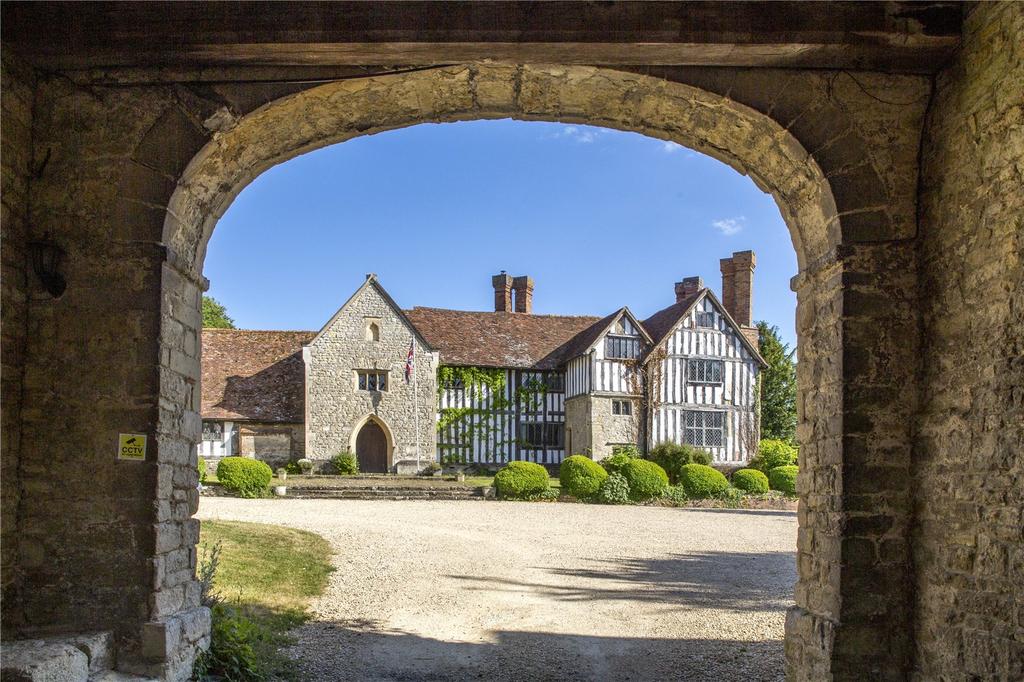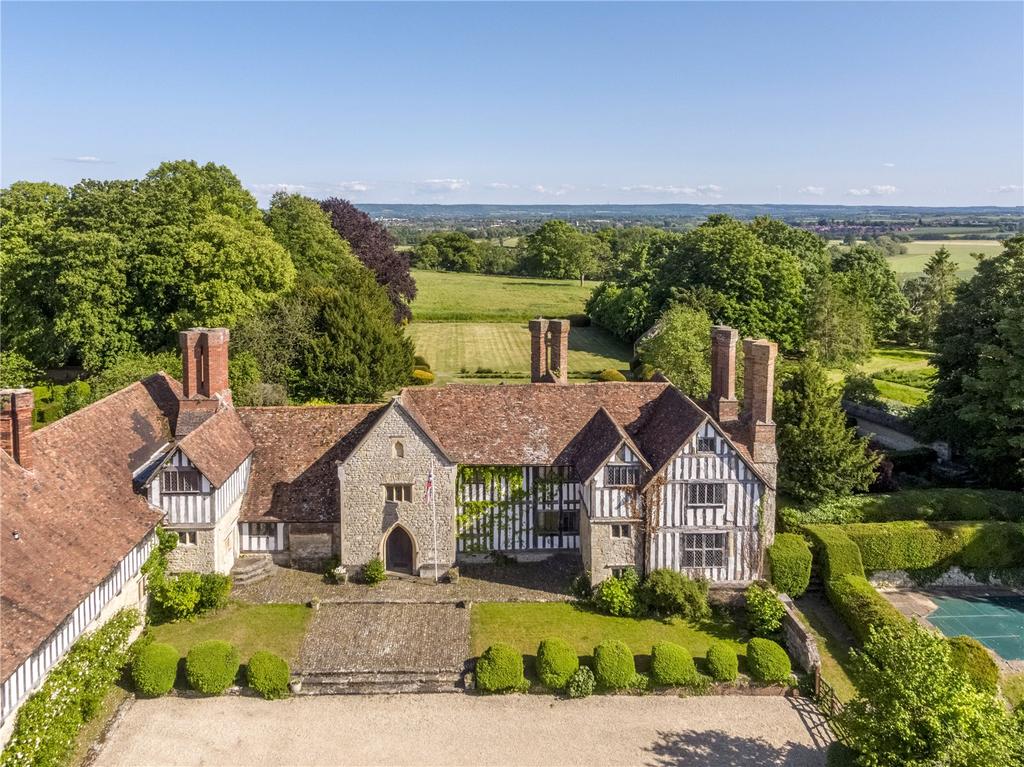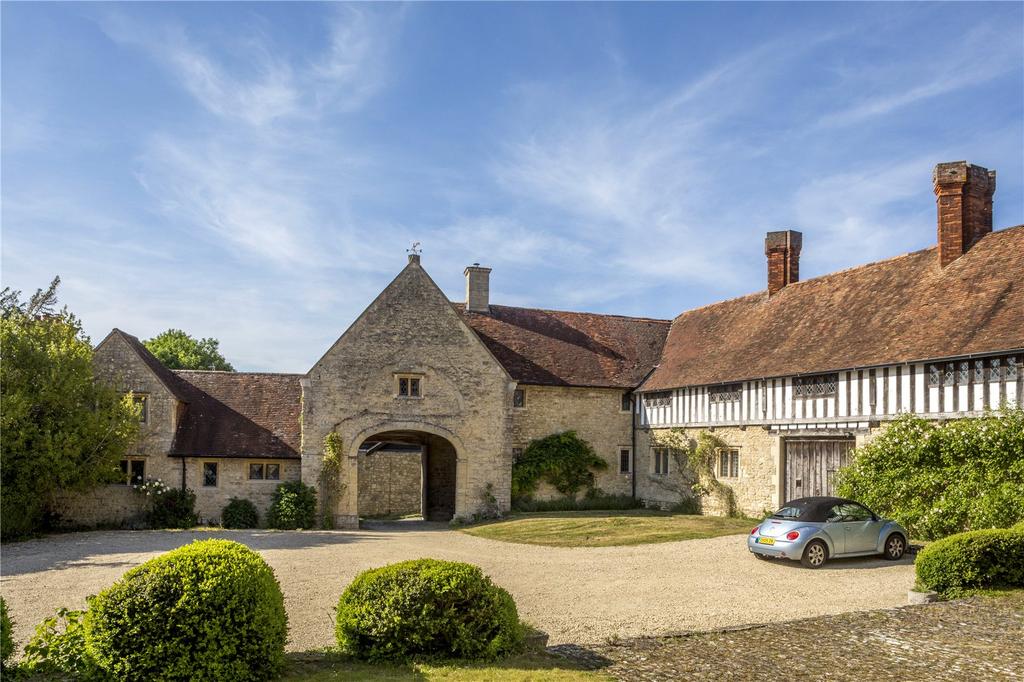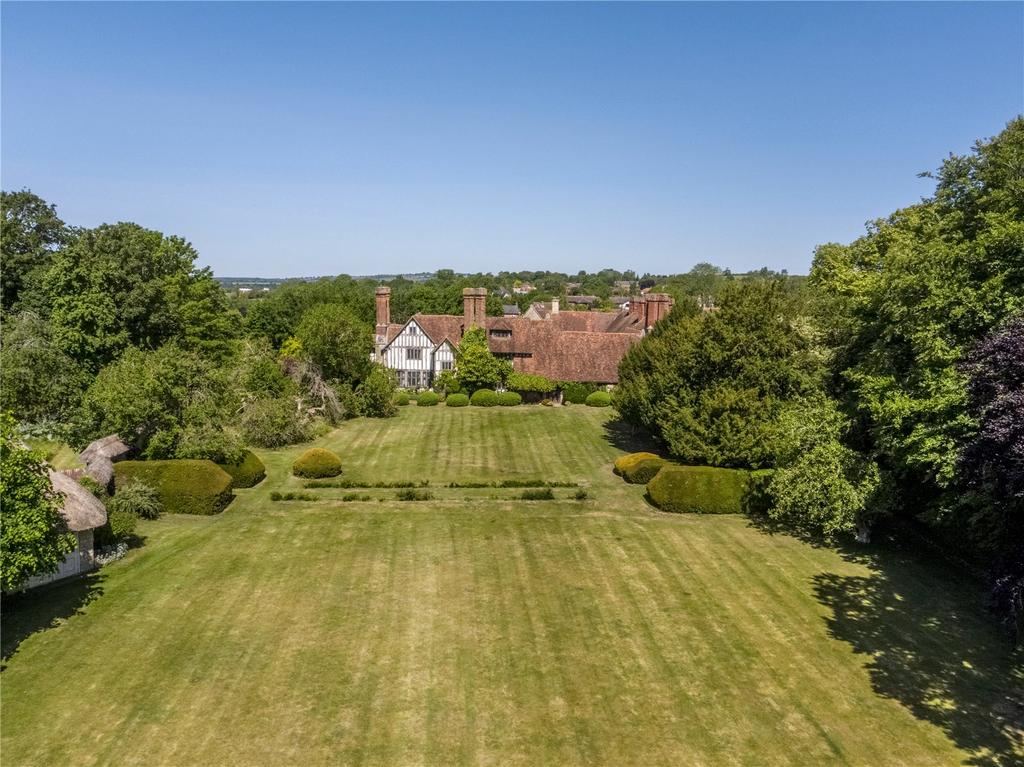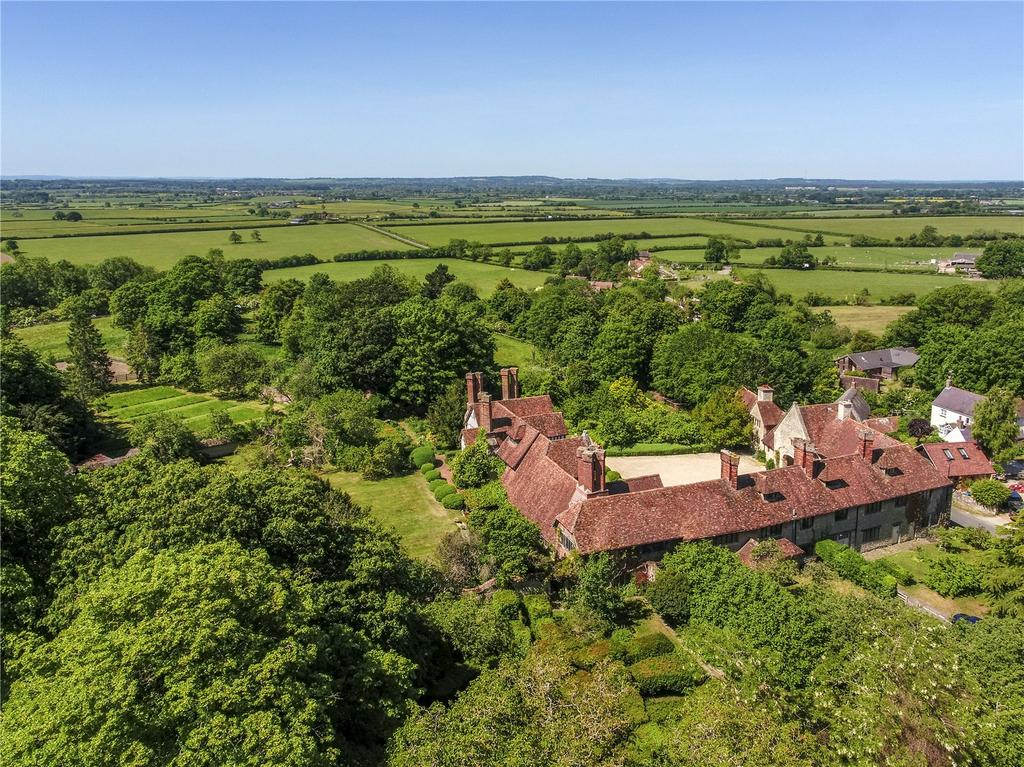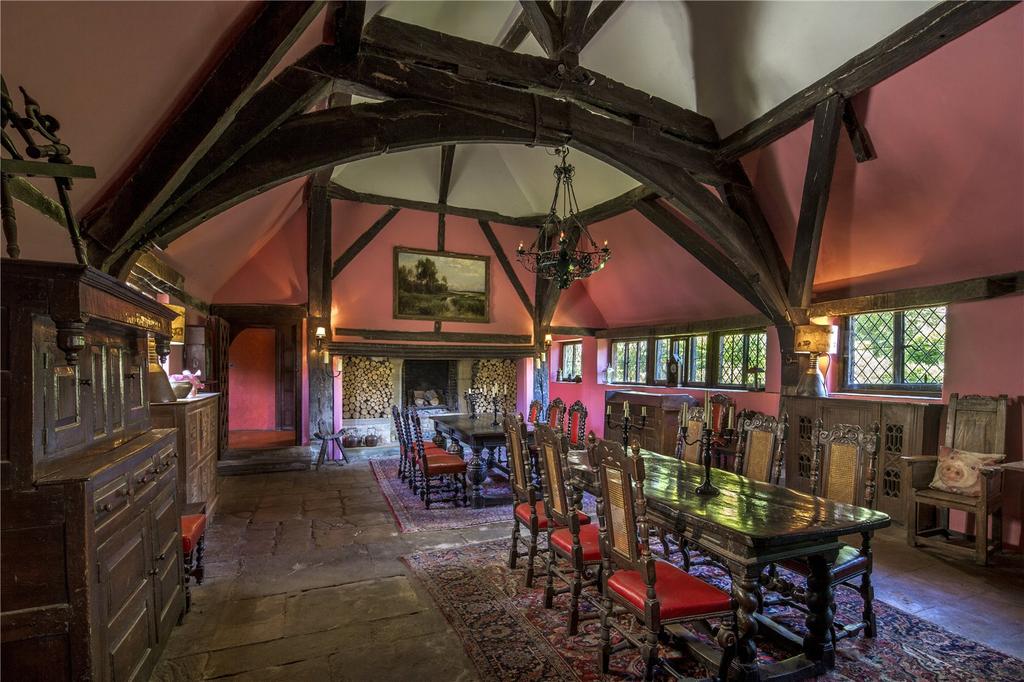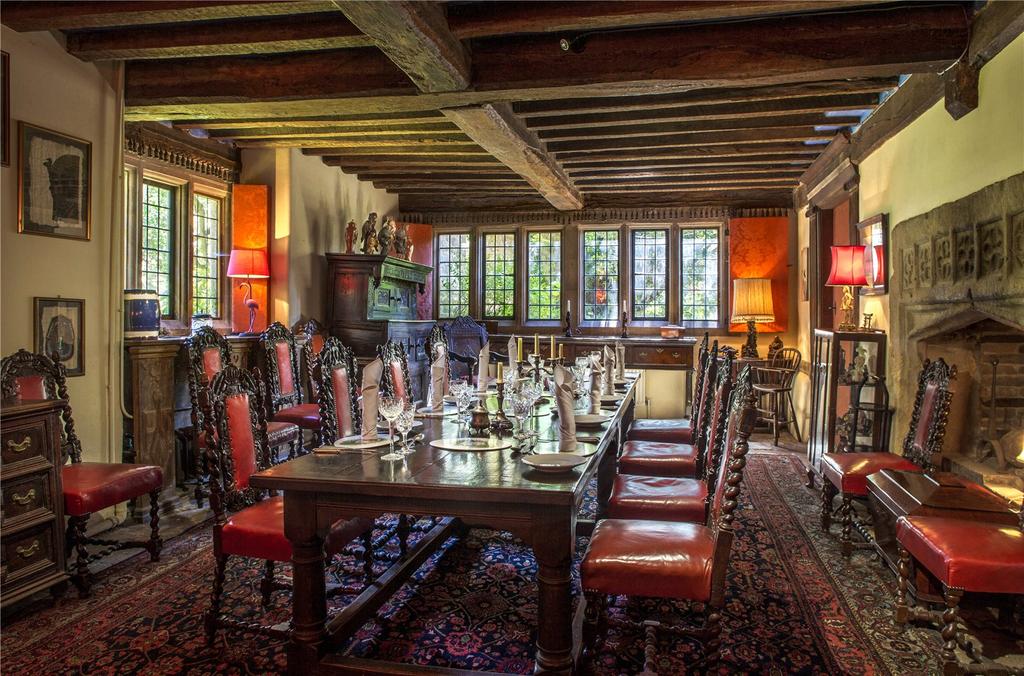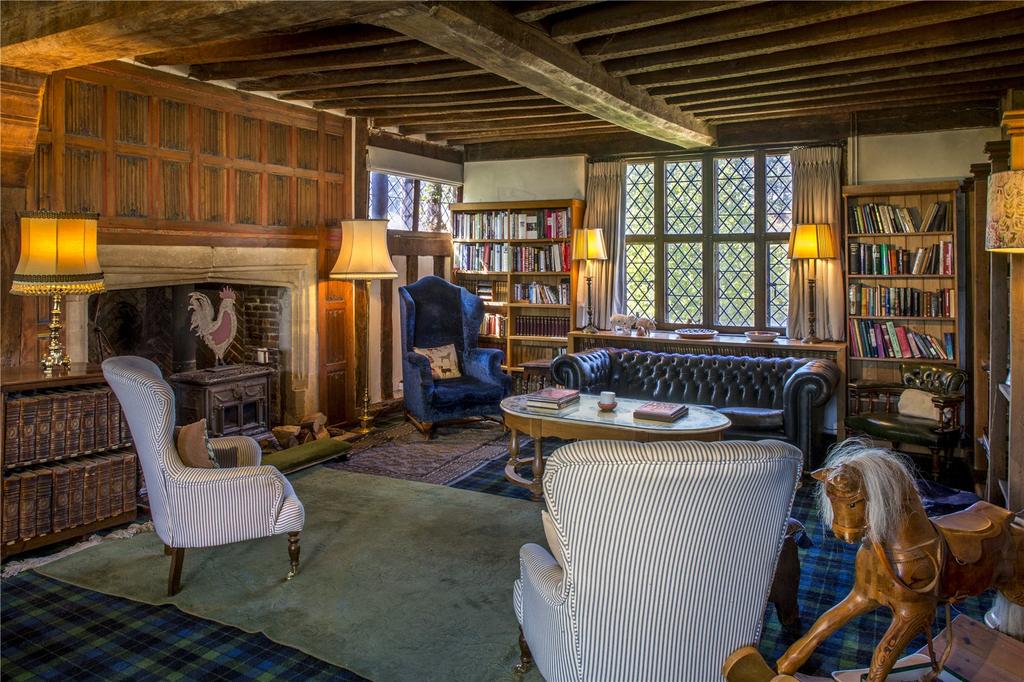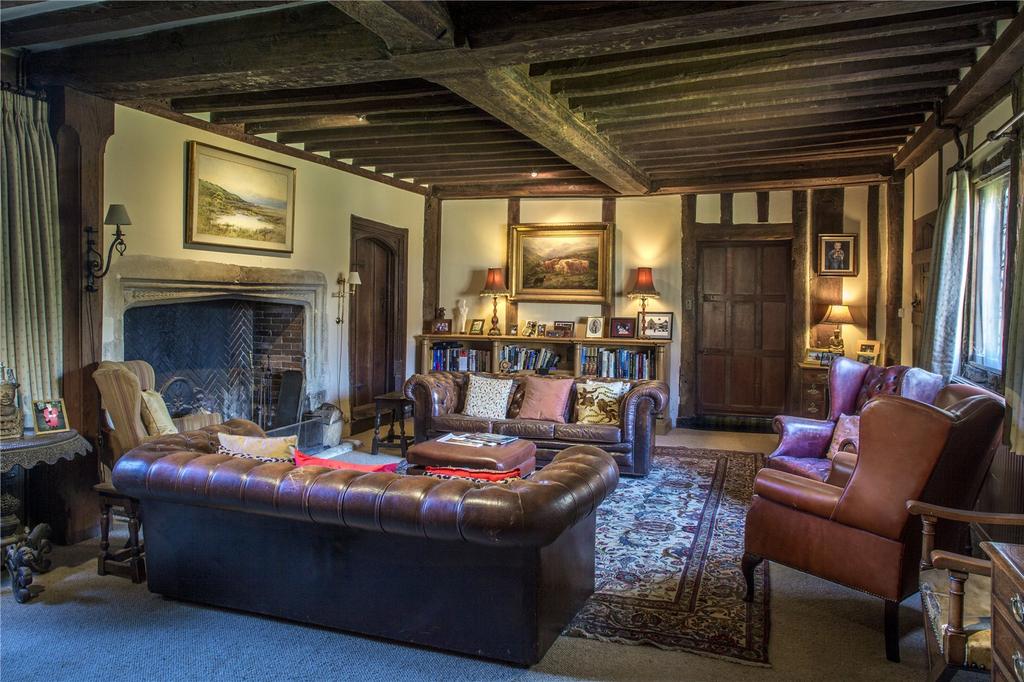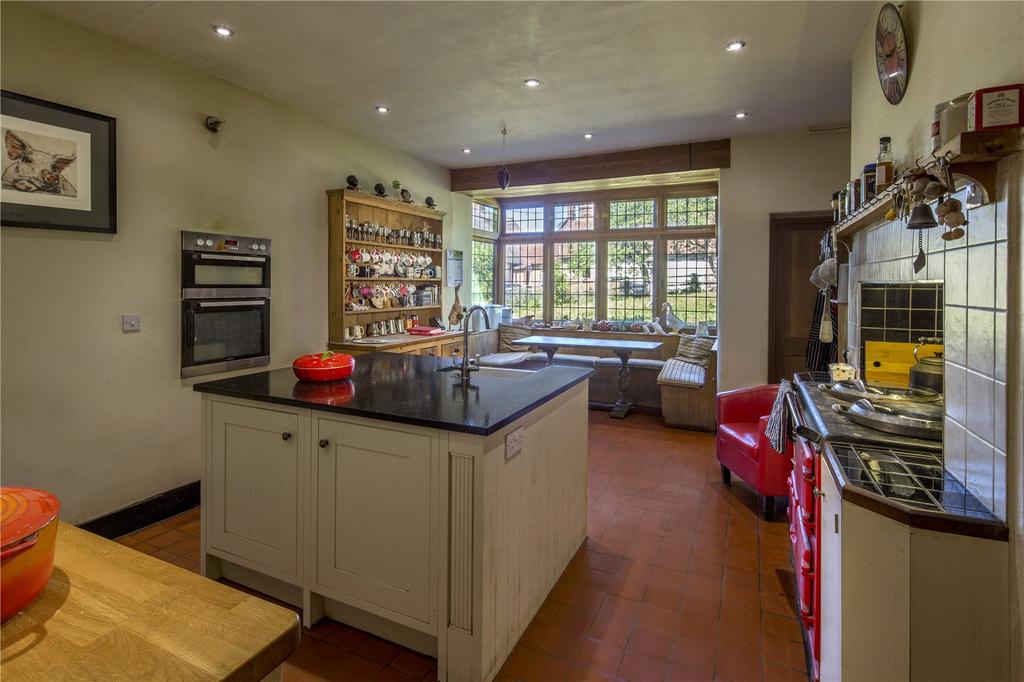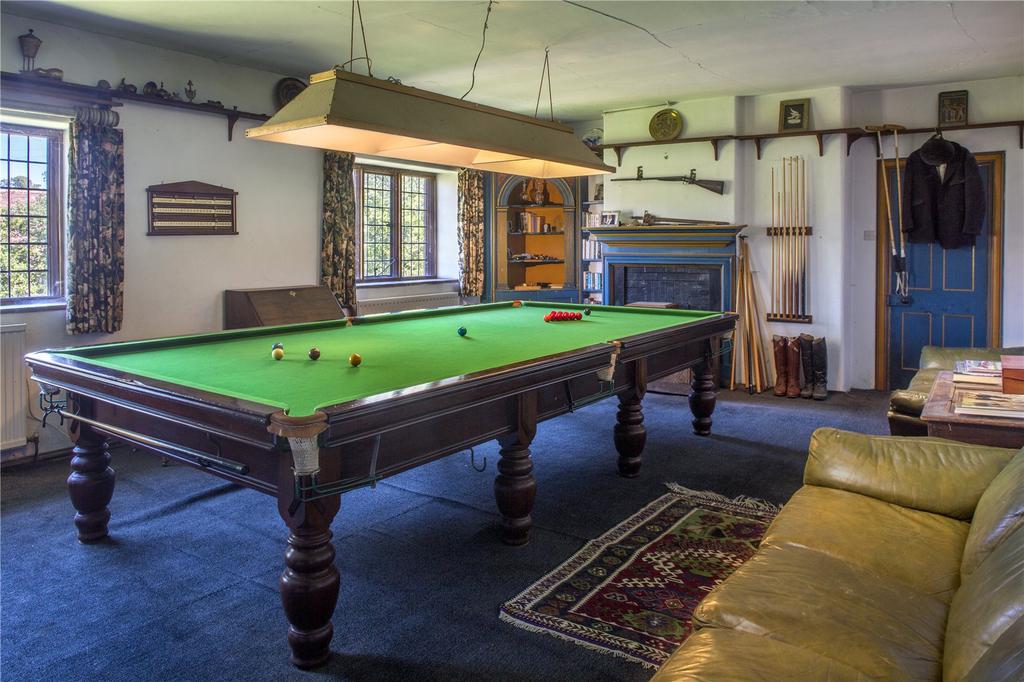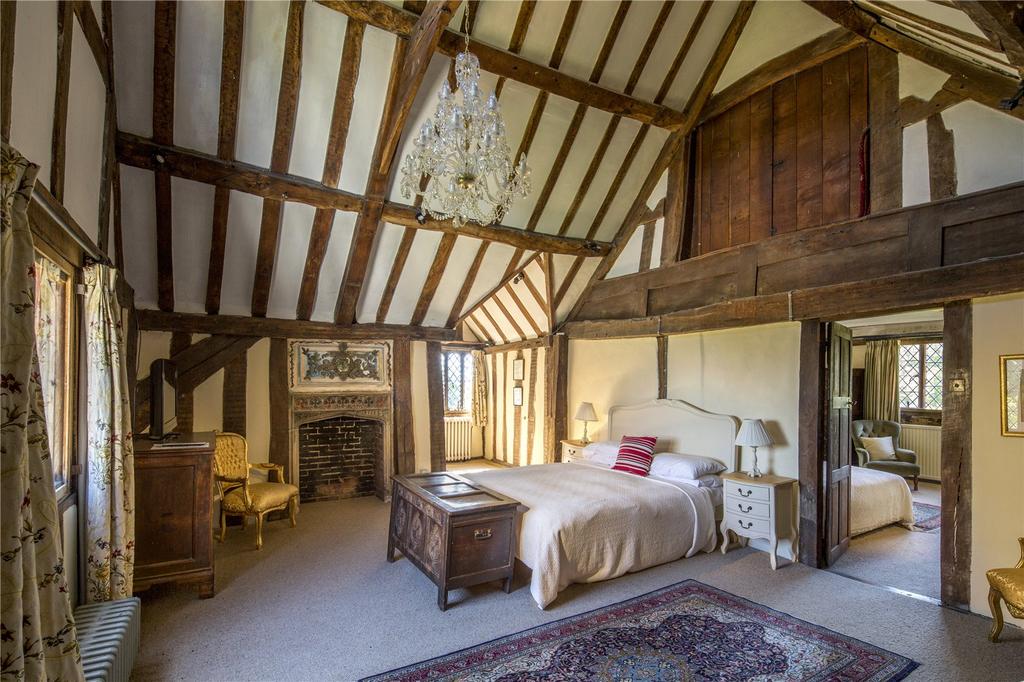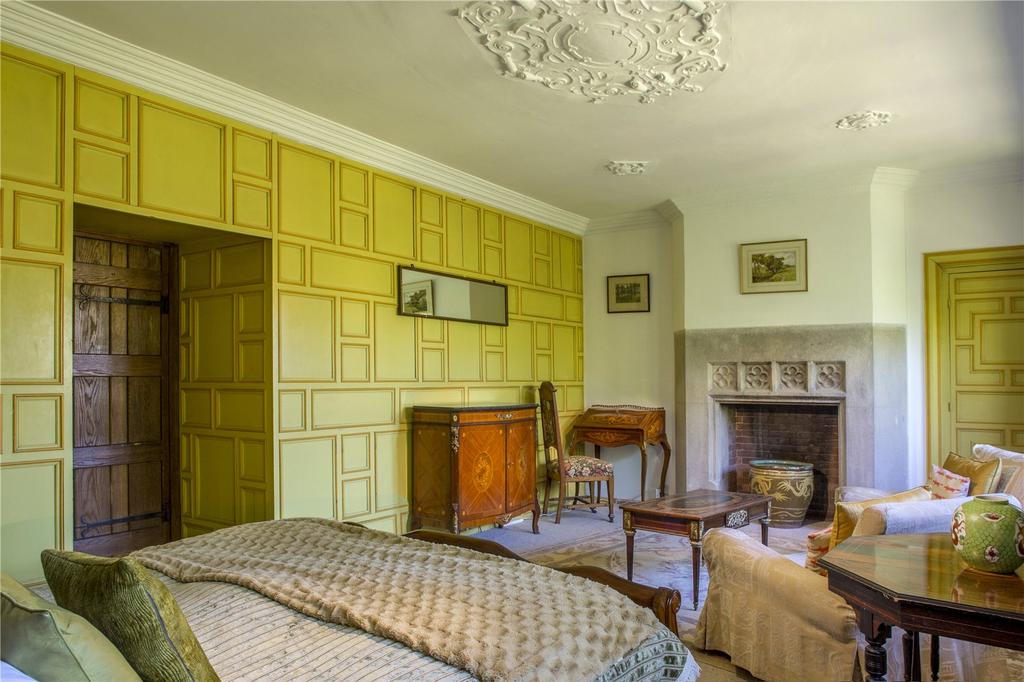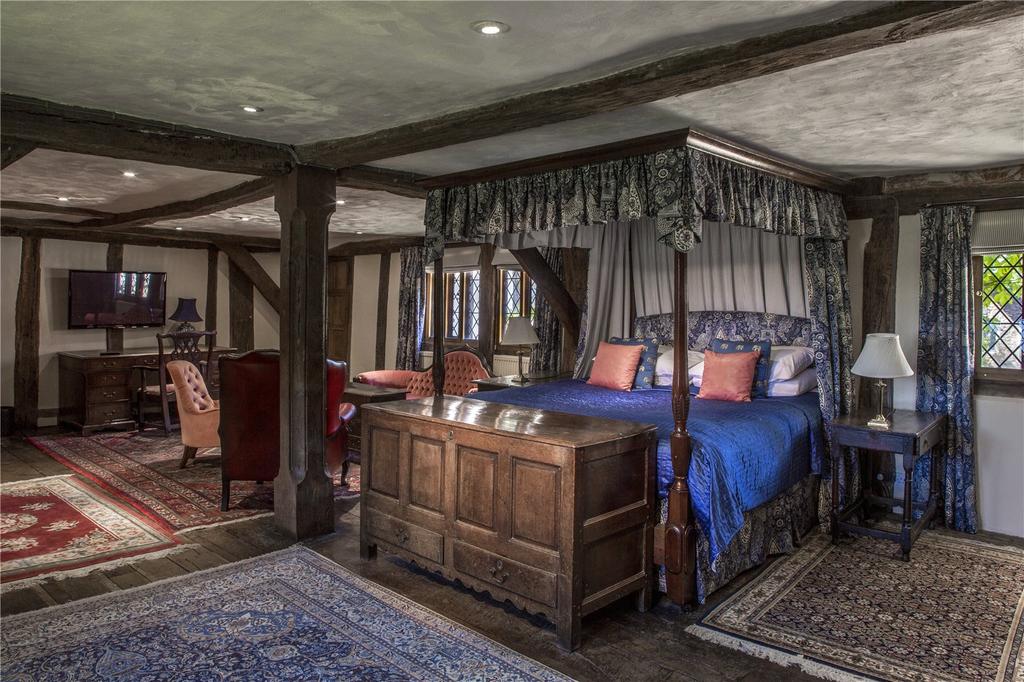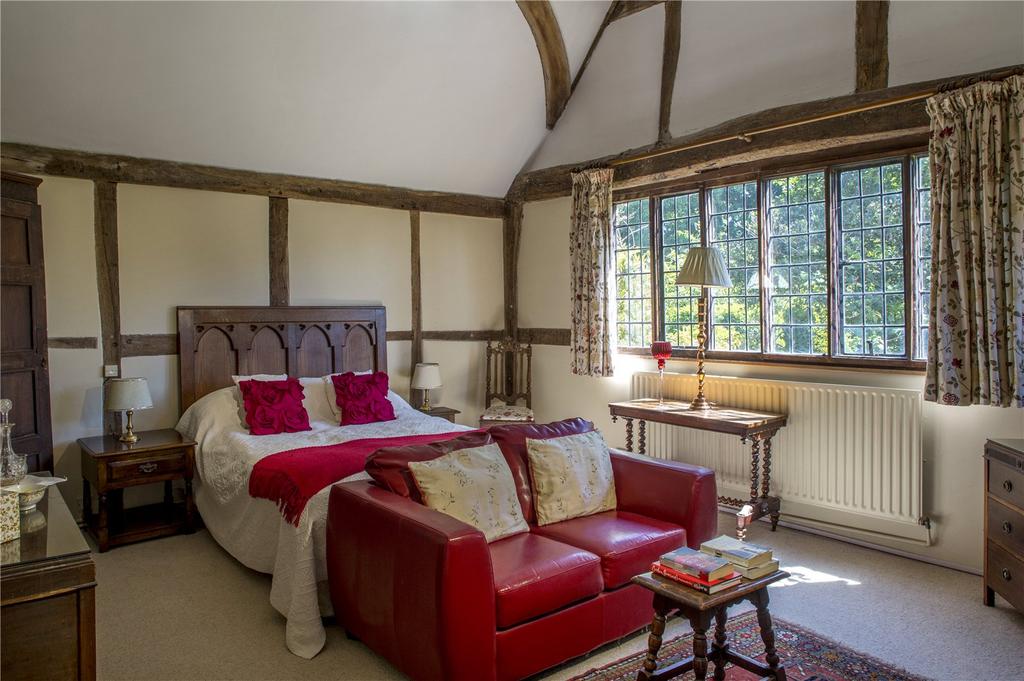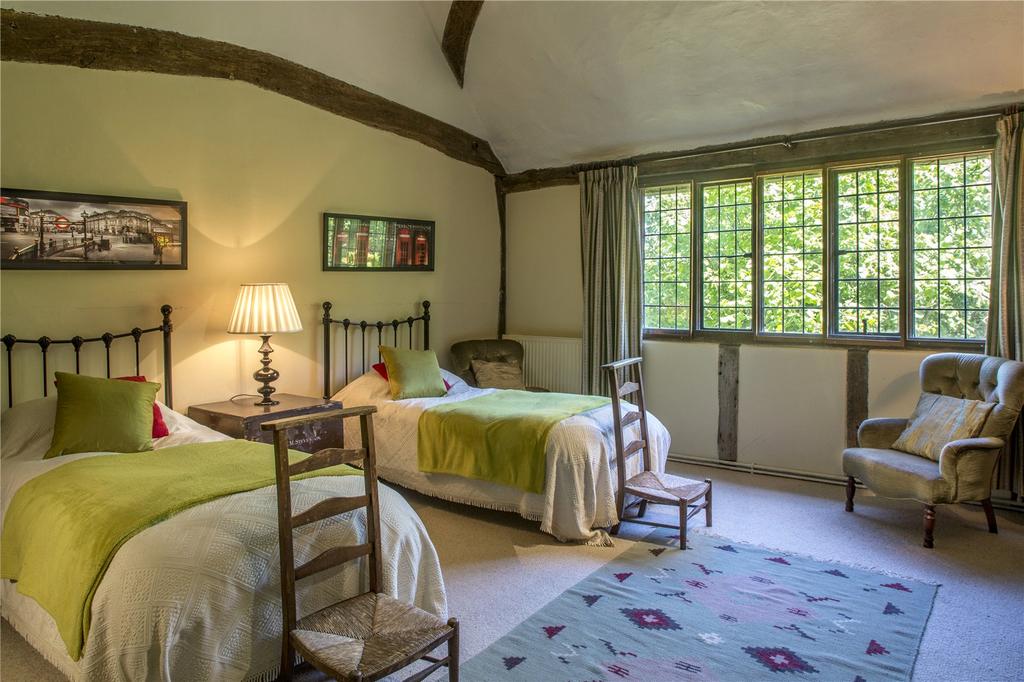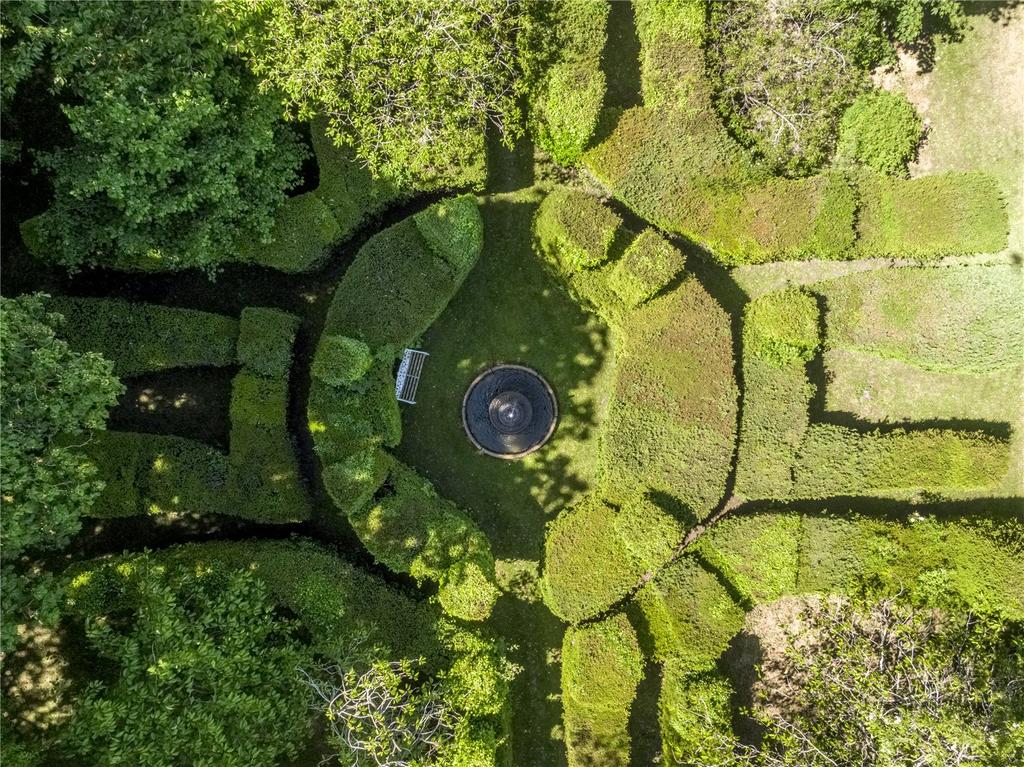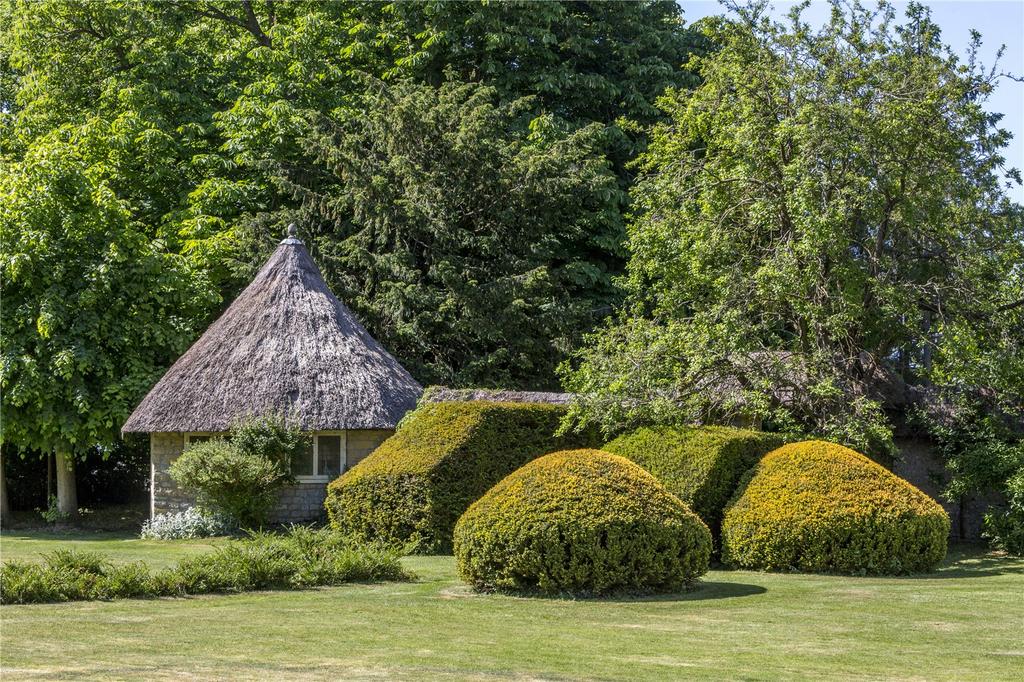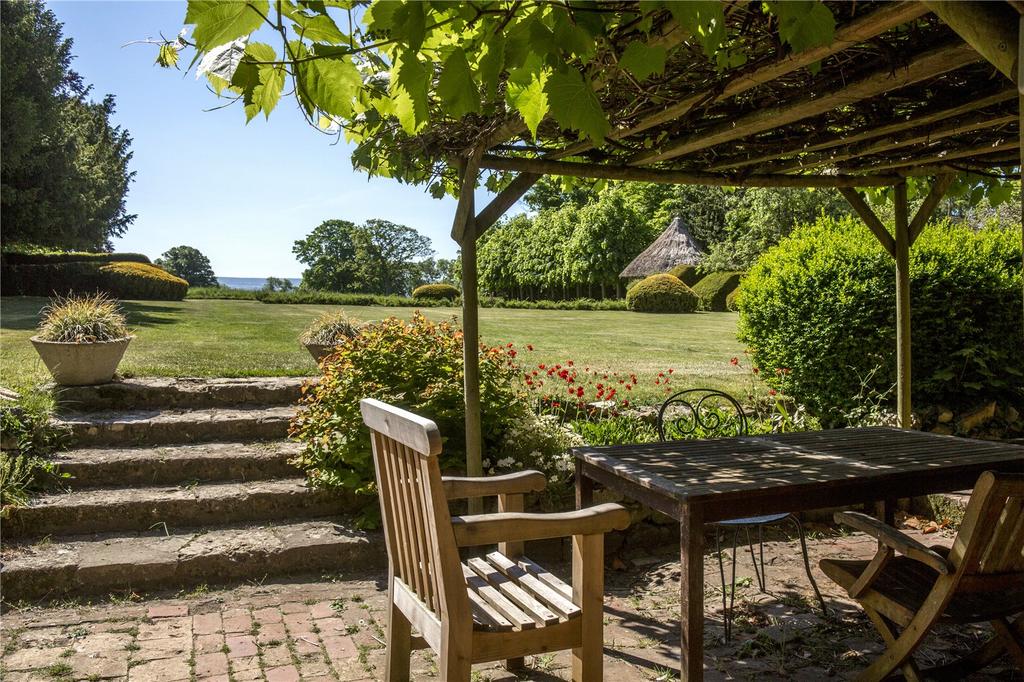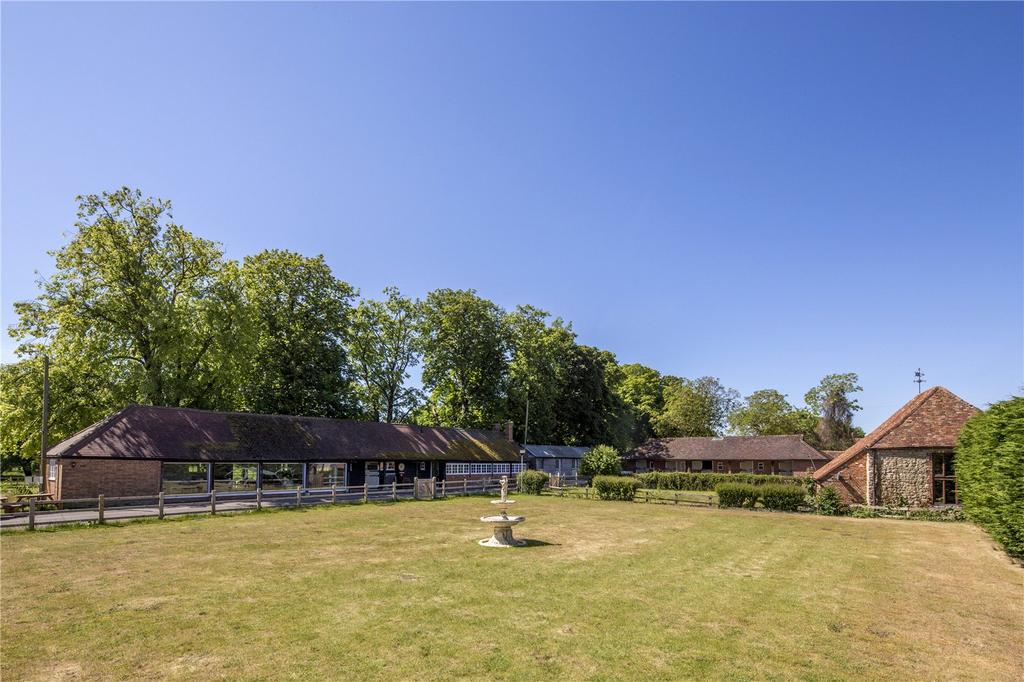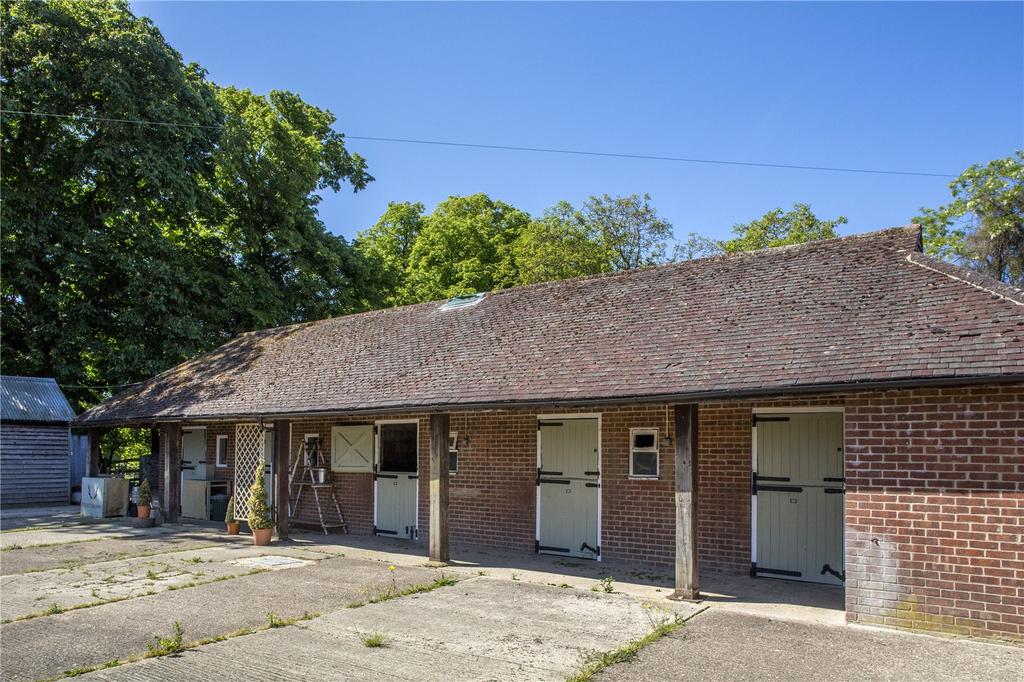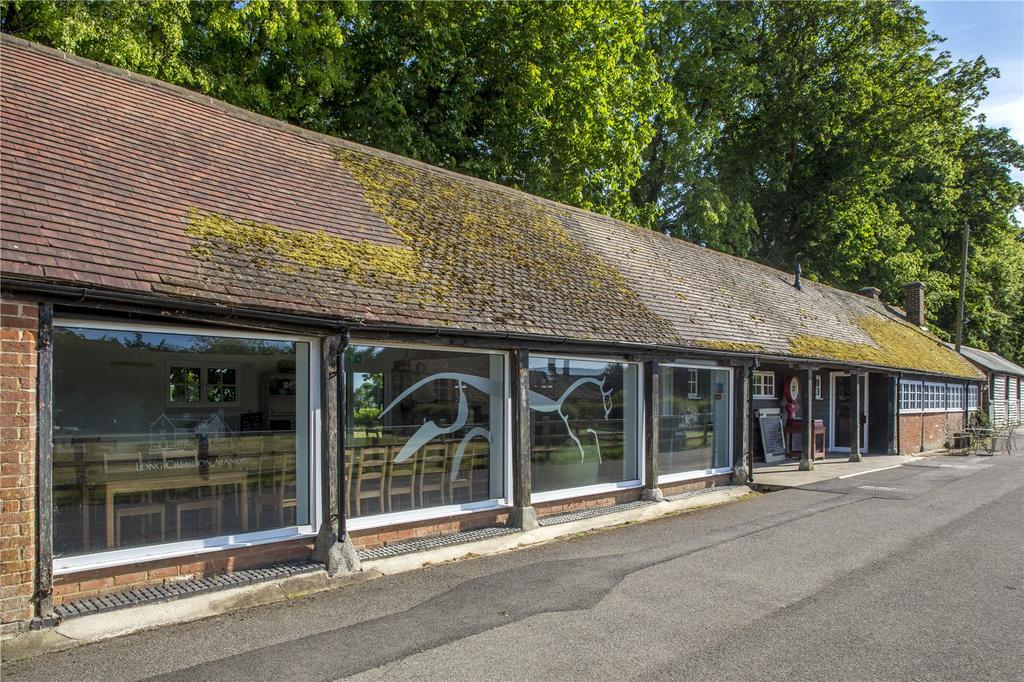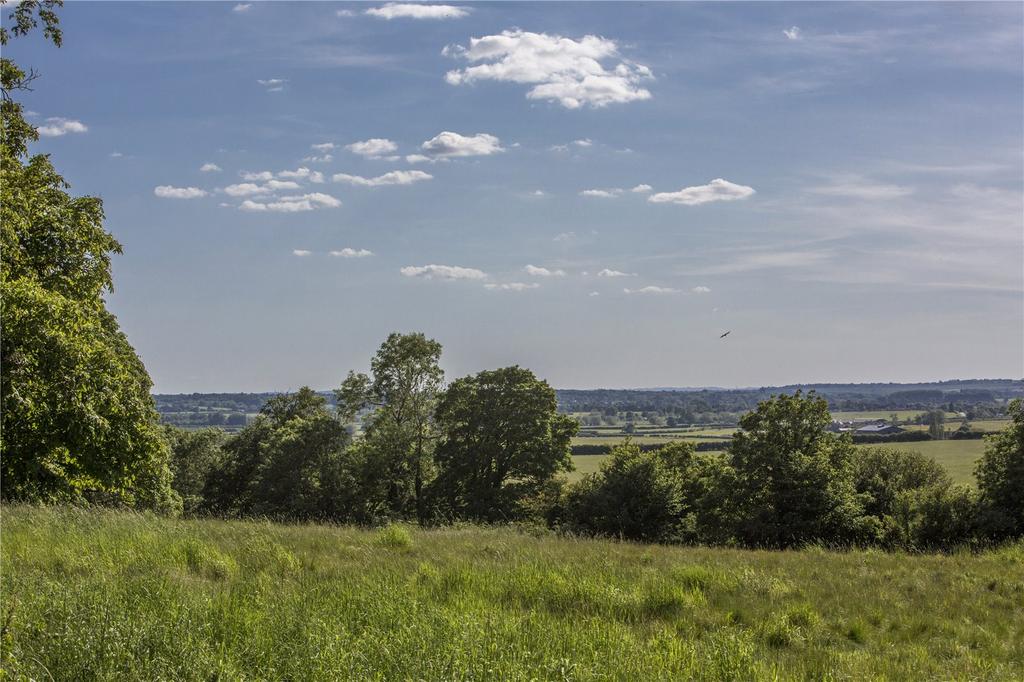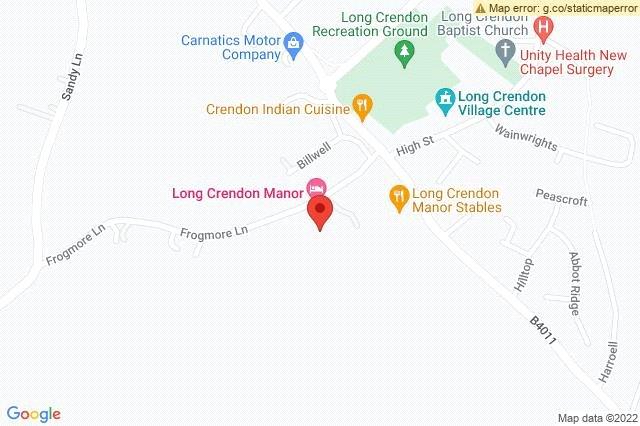No longer on the market
This property is no longer on the market
10 bedroom detached house
Premium display
Detached house
10 beds
6 baths
38.83 acre(s)
Key information
Tenure: Freehold
Council tax: Band H
Broadband: Ultra-fast 1000Mbps *
Mobile signal:
EEO2ThreeVodafone
Features and description
- Tenure: Freehold
- Medieval Grade II Listed Manor House
- Extensive Secondary Accommodation
- Traditional Stone Stables with a range of Commercial use
- Equestrian Facilities
- Swimming Pool and Tennis Court
- In all about 39 acres
A Glorious Medieval Grade II Listed Manor House with far reaching views incorporating a working commercial arm and farmland
Description
Sir Walter Giffard, right-hand man to William the Conqueror at the Battle of Hastings, was awarded the estate for his part in defeating King Harold. Some years later, William Marshal, known as "The Greatest Knight", and the then Lord of the Manor of Long Crendon, was one of the 25 barons to force King John to put his seal on the Magna Carta.
Originally the Great Hall was a dwelling for the abbots of Notley from about 1187. The east wing was added in the 14th century and the west wing in the 15th century.
Fast forwarding to the 19th century, Long Crendon Manor, was in the ownership of three generations of the Dukes of Marlborough, latterly coming under the stewardship of Lord Churchill, who held his manor courts in the Great Hall. In deference to this time, at which point the estate extended to ownership of much of the village and surrounding farms, one of the public houses in the village, The Churchill Arms, was named after the family.
After the Second World War, ownership of the estate fell to Laline, daughter of Lady De L’Ise of Dudley and Penshurst, and her husband, Colonel Barry. The enormous restoration of Long Crendon Manor was taken on by the then unknown architect, Philip Tilden. It is highly likely that during this time, with his historical family link to the estate, that Sir Winston Churchill stayed at Long Crendon Manor and saw Tilden’s work first-hand. Tilden went on to restore Chartwell House for Churchill, amongst many other noteworthy buildings.
The house has now been under the same family stewardship for the last 45 years and continues to develop as a working estate
Square Footage: 13,510 sq ft
Acreage: 38.83 Acres
Additional Info
The historic oak front door shelters within the stone porch and forms a fitting entrance to the oldest part of the house. The stone flagged hallway leads on to a rear door opening directly to the magnificent view of the gardens and far-reaching views of The Chilterns beyond.
The beautifully proportioned drawing room, with its heavily beamed ceiling, oak panelled walls and large stone fireplace, leads off the hallway. From here, doors open to two separate staircases rising to the first floor. A third door leads on to the welcoming library, where there is a fine example of linen press panelling surrounding the fireplace, with a painted frieze detail.
The striking and impressive Great Hall, with its stone flagged floor and vaulted ceiling, has three bays. It displays majestic oak trusses to the eaves and a huge medieval fireplace. Tilden created a Minstrels’ Gallery at one end of the hall and adapted the design of the fireplace.
The picturesque, thatched summer house enjoys the views beyond. The winter house, complete with fireplace, is tucked away. A maze, with a charming fountain at its centre, the library walk, croquet lawn, ancient mulberry tree, ha-ha and virginia creeper covered gazebo all add to the enchantment. Added to the mix are a thatched witchert wall, yew topiary, large enclosed vegetable garden, kitchen garden, orchard, tennis court and pool. The garden interconnects via yew and beech lined paths. A row of limes border a small copse on the edge of the ha-ha. Recently, a block of 4 stables have been added behind the tennis court, overlooking the paddocks. Including the land and garden, the estate is c. 39 acres in all.
Council Tax Band - H
Description
Sir Walter Giffard, right-hand man to William the Conqueror at the Battle of Hastings, was awarded the estate for his part in defeating King Harold. Some years later, William Marshal, known as "The Greatest Knight", and the then Lord of the Manor of Long Crendon, was one of the 25 barons to force King John to put his seal on the Magna Carta.
Originally the Great Hall was a dwelling for the abbots of Notley from about 1187. The east wing was added in the 14th century and the west wing in the 15th century.
Fast forwarding to the 19th century, Long Crendon Manor, was in the ownership of three generations of the Dukes of Marlborough, latterly coming under the stewardship of Lord Churchill, who held his manor courts in the Great Hall. In deference to this time, at which point the estate extended to ownership of much of the village and surrounding farms, one of the public houses in the village, The Churchill Arms, was named after the family.
After the Second World War, ownership of the estate fell to Laline, daughter of Lady De L’Ise of Dudley and Penshurst, and her husband, Colonel Barry. The enormous restoration of Long Crendon Manor was taken on by the then unknown architect, Philip Tilden. It is highly likely that during this time, with his historical family link to the estate, that Sir Winston Churchill stayed at Long Crendon Manor and saw Tilden’s work first-hand. Tilden went on to restore Chartwell House for Churchill, amongst many other noteworthy buildings.
The house has now been under the same family stewardship for the last 45 years and continues to develop as a working estate
Square Footage: 13,510 sq ft
Acreage: 38.83 Acres
Additional Info
The historic oak front door shelters within the stone porch and forms a fitting entrance to the oldest part of the house. The stone flagged hallway leads on to a rear door opening directly to the magnificent view of the gardens and far-reaching views of The Chilterns beyond.
The beautifully proportioned drawing room, with its heavily beamed ceiling, oak panelled walls and large stone fireplace, leads off the hallway. From here, doors open to two separate staircases rising to the first floor. A third door leads on to the welcoming library, where there is a fine example of linen press panelling surrounding the fireplace, with a painted frieze detail.
The striking and impressive Great Hall, with its stone flagged floor and vaulted ceiling, has three bays. It displays majestic oak trusses to the eaves and a huge medieval fireplace. Tilden created a Minstrels’ Gallery at one end of the hall and adapted the design of the fireplace.
The picturesque, thatched summer house enjoys the views beyond. The winter house, complete with fireplace, is tucked away. A maze, with a charming fountain at its centre, the library walk, croquet lawn, ancient mulberry tree, ha-ha and virginia creeper covered gazebo all add to the enchantment. Added to the mix are a thatched witchert wall, yew topiary, large enclosed vegetable garden, kitchen garden, orchard, tennis court and pool. The garden interconnects via yew and beech lined paths. A row of limes border a small copse on the edge of the ha-ha. Recently, a block of 4 stables have been added behind the tennis court, overlooking the paddocks. Including the land and garden, the estate is c. 39 acres in all.
Council Tax Band - H
About this agent

Savills - Country Houses
